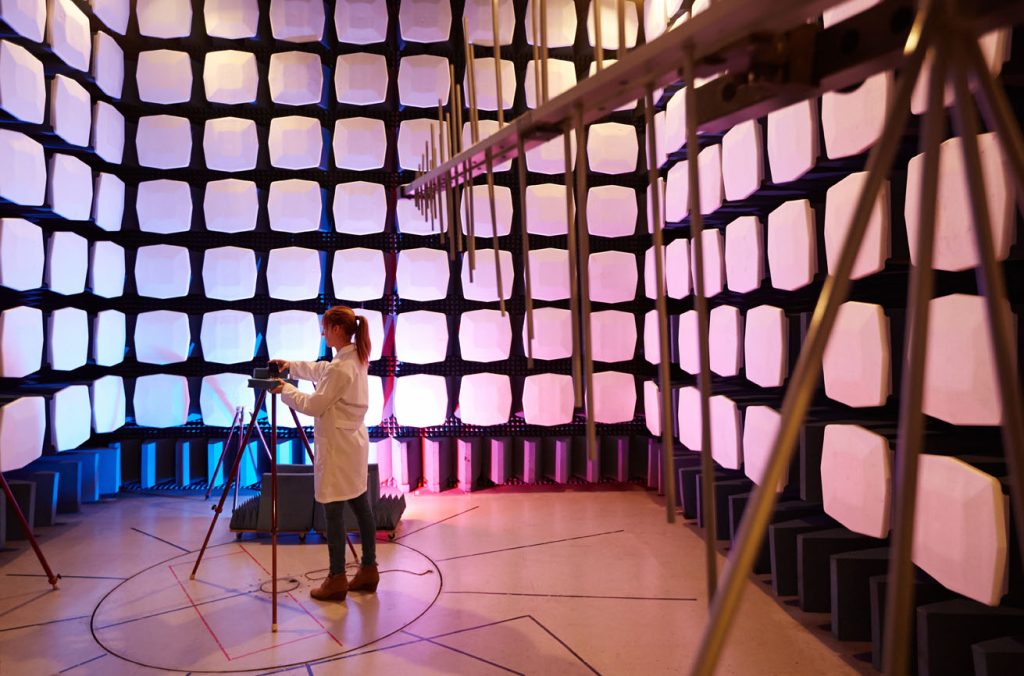The electromagnetic spectrum EMS is a dynamic and invaluable resource that underpins modern communication, technology, and scientific exploration. It encompasses a vast range of electromagnetic waves, including radio waves, microwaves, infrared radiation, visible light, ultraviolet radiation, X-rays, and gamma rays. As the demand for wireless communication and technological innovation surges, effectively managing and allocating spectrum resources becomes paramount. This is where Electromagnetic Compatibility EMC testing plays a crucial role. EMC testing involves assessing the interactions between different electronic devices and their electromagnetic environment. This testing is pivotal in ensuring that various devices can coexist without causing interference or disruption to one another. In the context of the EMS, EMC testing is essential for guaranteeing that the multitude of wireless technologies can operate harmoniously without causing harmful interference.

Spectrum allocation, a key component of EMC testing, involves dividing the EMS into different frequency bands and assigning them for specific uses. Regulatory bodies and international organizations, such as the Federal Communications Commission FCC in the United States and the International Telecommunication Union ITU, oversee and manage spectrum allocation to avoid clashes between services and applications. EMC testing contributes to this process by verifying that devices conform to established electromagnetic emission limits and do not encroach upon neighboring frequency bands and learn more. The growing array of wireless technologies, from 5G networks to Internet of Things IoT devices, underscores the significance of EMC testing. Without effective EMC measures, the proliferation of these technologies could lead to a congested and chaotic EMS, resulting in compromised performance and potential hazards. Imagine a scenario where medical equipment experiences interference from nearby communication devices or where critical infrastructure is disrupted due to inadequate frequency separation. EMC testing serves as a safeguard against such undesirable outcomes. EMC testing techniques encompass radiated and conducted emissions testing, susceptibility testing, and immunity testing. Radiated emissions testing evaluates the electromagnetic waves emitted by a device and ensures they adhere to permissible levels.
Conducted emissions testing focuses on the electromagnetic interference conducted through physical connections like cables. Susceptibility testing assesses how well a device can endure external electromagnetic disturbances, while immunity testing examines a device’s resistance to such disturbances. Furthermore, as technology evolves, so do EMC testing methods. Advanced simulation tools and modeling techniques allow for virtual testing of devices, enabling engineers to identify potential issues and design solutions before physical prototypes are even constructed. This not only expedites the development process but also reduces costs associated with physical testing iterations. In conclusion, the electromagnetic spectrum is the lifeblood of modern communications and technology. EMC testing plays a pivotal role in managing this precious resource by ensuring devices can coexist without causing interference. Spectrum allocation and EMC testing go hand in hand to maintain the order and efficiency of the EMS. As the technological landscape continues to evolve, EMC testing will remain a cornerstone for innovation, enabling the seamless operation of a myriad of wireless devices that define our interconnected world.